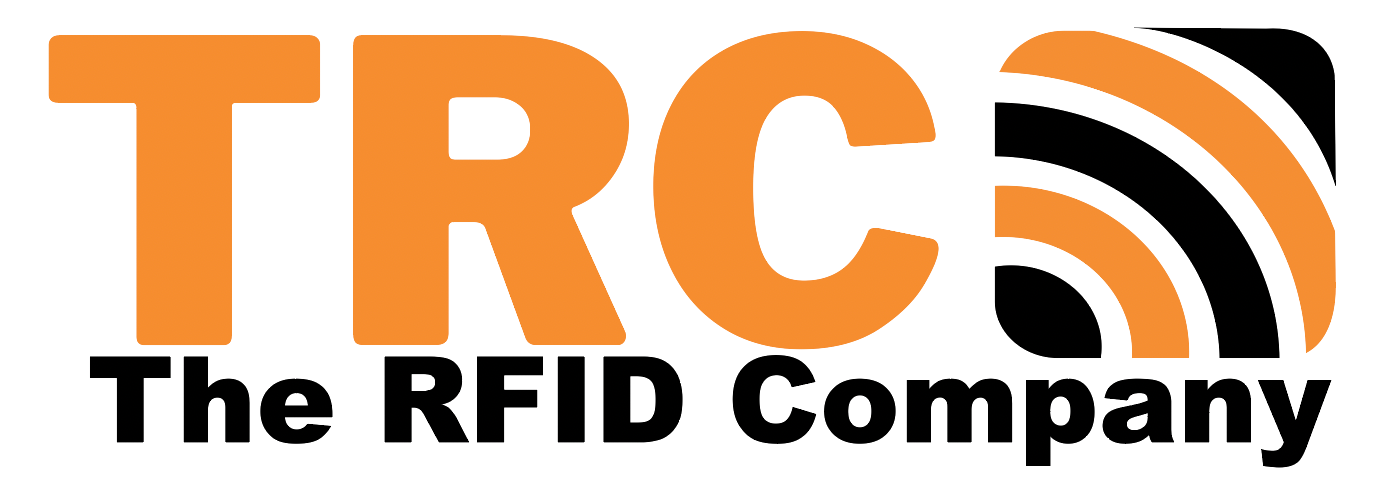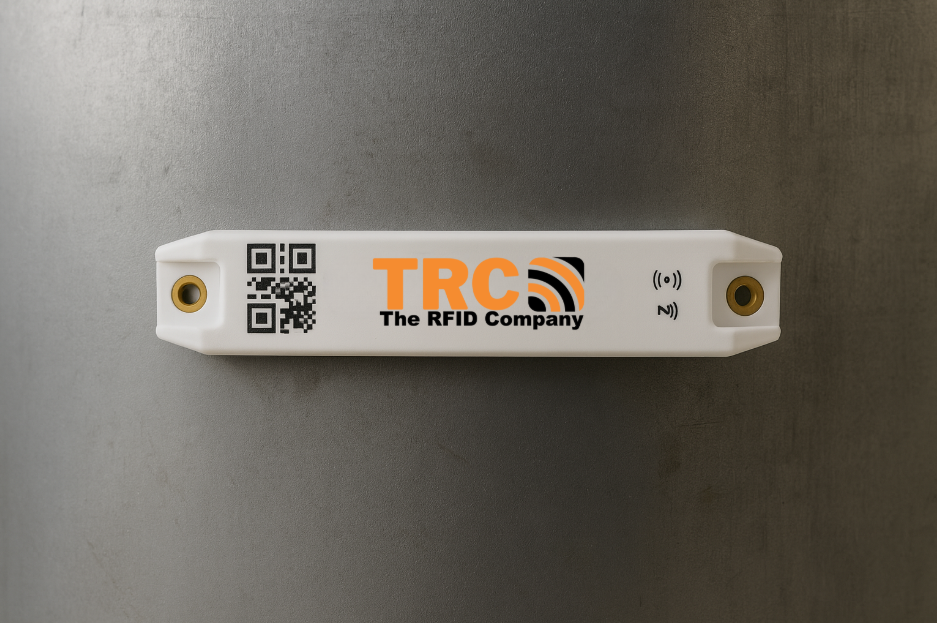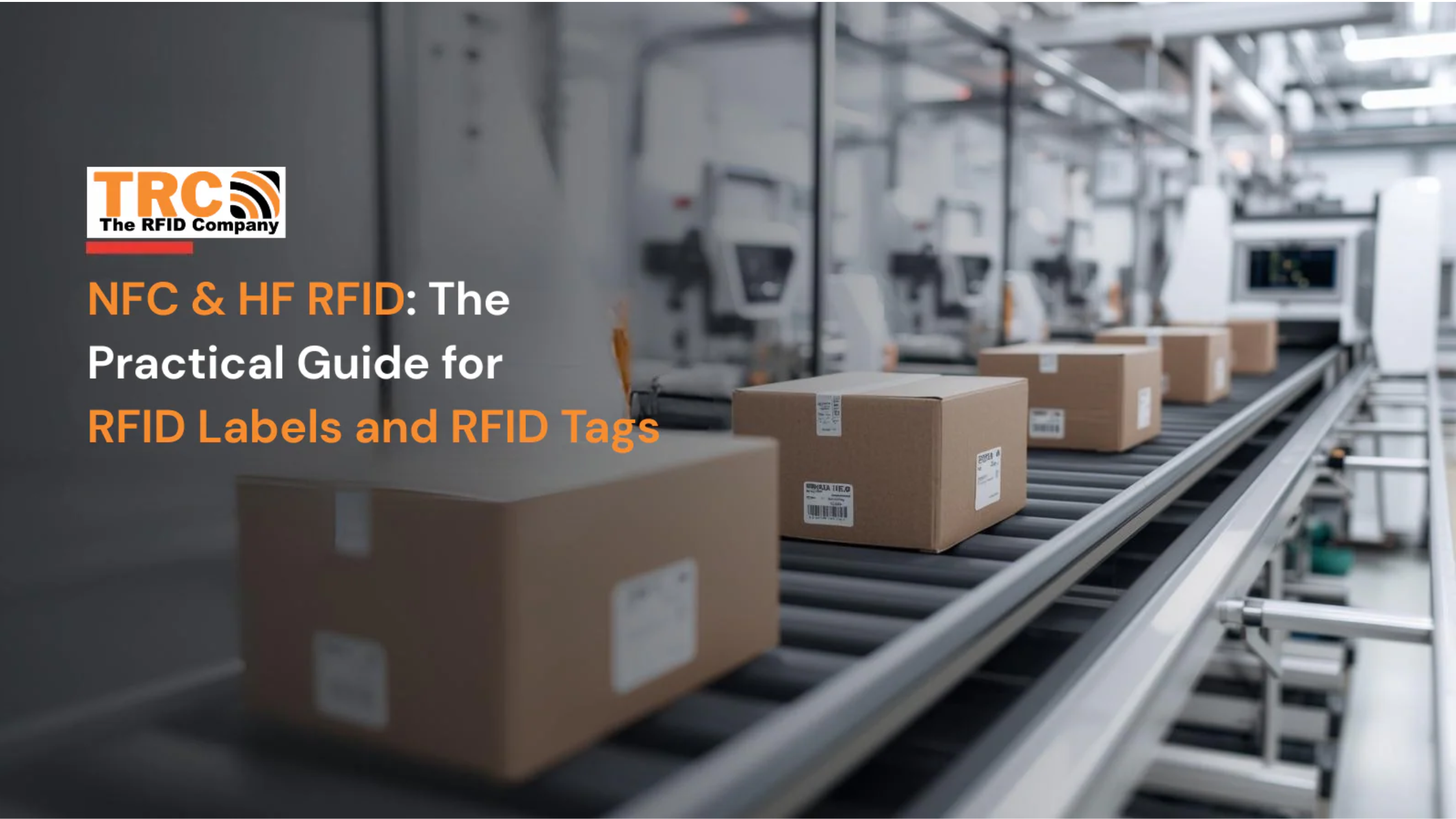If you’ve ever stuck a standard RFID label on metal and watched the read range disappear, you’ve met the problem. Metal shifts antenna tuning and reflects RF energy, which hurts performance. The solution is simple: use on-metal constructions that isolate the antenna so your tags read reliably in harsh, metallic environments.
What’s Happening on Metal
- Metal detunes the tag’s antenna and soaks up the near field.
- The result is short or no reads with ordinary RFID Labels, RFID Stickers, and RFID Label Tags.
- On-metal designs re-establish the correct electromagnetic “gap” so energy couples properly and the tag can backscatter.
Two Constructions That Work on Metal
Foam-Spacer Printable On-Metal Labels
A thin, low-permittivity foam sits behind the inlay to create an air-like cavity. This cavity keeps the antenna close to its design frequency when applied to steel or aluminium. It remains roll-printable, so you can encode EPCs and print barcodes in one go. Typical thickness is about 1–3 mm, which fits most returnable transport items and racking.
When to Choose Foam Spacers
- You have room for a slightly thicker label.
- You want strong read distances across racks, cages, and RTIs.
- You plan to print and encode at the edge using standard thermal printers.
Thin Ferrite-Backed Labels
A magnetically permeable sheet sits between the metal and the inlay. In HF and NFC this is the classic “anti-metal” approach. Similar shielding concepts are used in low-profile UHF labels when clearance is tight or aesthetics matter. Thickness can be close to standard labels, which suits IT assets, handheld tools, and medical devices.
When to Choose Ferrite
- You have very limited clearance or curved housings.
- You want a neat, low-profile label on laptops, servers, carts, or instruments.
- You can trade some read range for thinness.
Foam vs. Ferrite: A Quick Decision Guide
- Need maximum read distance and you have a bit of height: pick foam-spacer on-metal labels.
- Need a slim label for tight spaces or curved metal: pick ferrite-backed labels.
- Not sure: test both on your actual items. Plate size, curvature, and nearby metal structures affect tuning more than you think.
What Range to Expect
- In controlled setups, compact printable on-metal UHF labels can achieve several meters. Larger cavity designs can stretch farther.
- Actual performance depends on label size, reader power, antenna placement, polarization, and the metal geometry around the tag.
- Always run a small pilot on representative assets before you standardize.
EU Deployment Notes
- In Europe, UHF Radio Frequency Identification operates in the harmonized 865–868 MHz range with specific power limits.
- Use ETSI-tuned inlays and configure readers accordingly for predictable results.
- If you operate in both EU and non-EU regions, maintain separate reader profiles and tag SKUs to match local bands.
Specification Checklist
- Label construction: foam spacer for range, ferrite for tight spaces.
- Size and shape: bigger radiating area usually reads farther on metal.
- Orientation: align label orientation with reader antenna polarization.
- Environment: test on the real surface. Painted steel, stainless, and cast housings behave differently.
- Printing and encoding: confirm printer clearance if labels are thicker than your current media.
Use Cases We See Perform Well
- Logistics & warehousing: RTIs, roll cages, steel pallets, and racking.
- Manufacturing & maintenance: jigs, fixtures, tools, pipes, and machine parts.
- IT & healthcare: laptops, servers, medical carts, and devices that live near or on metal.
How TRC Helps
The RFID Company (TRC) supplies On-Metal RFID across UHF, HF, and NFC, including printable labels, custom RFID Label Tags, and complete encoding. Our team helps you select the right construction, validate in a fast pilot, and scale across sites in Europe from our Eindhoven HQ.
Want samples to test on your items? Ask for our on-metal label sample kit or book a quick consult. We’ll recommend foam or ferrite for your exact surfaces and reader setup.





Share:
UHF vs NFC: What’s the Difference and Which One Should You Use?
NFC & HF RFID: The Practical Guide for RFID Labels and RFID Tags